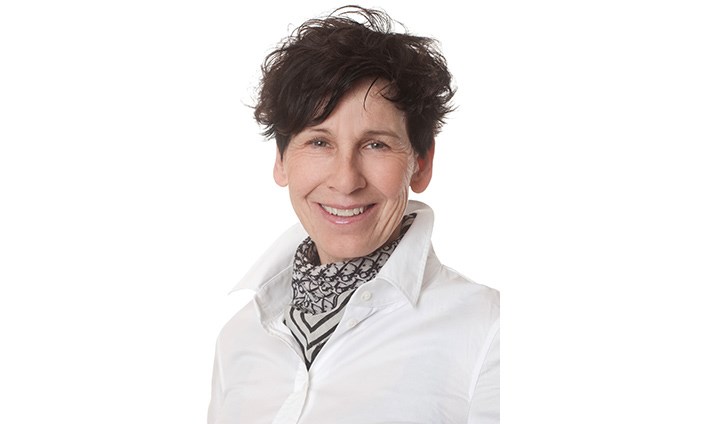Marita Andersson Grönlund - new professor 2022

Marita Andersson Grönlund, professor of medicine with a specialisation in ophthalmology, conducts research primarily on the eyesight of premature infants linked to the risk of cardiovascular diseases later in life.
“Today, very little is known about how the eyes and vision in children born moderately premature are affected,” she says.
1959 Born in Kungsbacka
2005 Obtained her PhD in ophthalmology at the University of Gothenburg with her thesis Ophthalmologic characteristics and neuropediatric findings – with special emphasis on children adopted from eastern Europe.
2007 Postdoctoral researcher, Sahlgrenska Academy, University of Gothenburg
2011 Docent in Ophthalmology, Sahlgrenska Academy, University of Gothenburg.
2015 Adjunct senior lecturer, Sahlgrenska Academy, University of Gothenburg.
2021 Professor of medicine with specialisation in ophthalmology, Örebro University
Marita Andersson Grönlund has extensive experience in senior positions at Sahlgrenska University Hospital in Gothenburg as a doctor and researcher. And she is now the programme director for Örebro University’s Medical Programme.
“Most of all, I see my new role as a bridge between the university and clinical activities at USÖ, with research and education at the centre,” she says.
Marita Andersson Grönlund, in a research group and collaboration with Jovanna Dahlgren, professor at the University of Gothenburg, has studied a cohort of children born between 2002 and 2004 – all born moderately to late prematurely – until the children have become between 15 and 17 years old.
Moderately premature births
The project aims to study the development and function of the eye and the visual system in relation to growth, neuropsychiatric diagnoses, and cardiovascular diseases in moderately premature infants with or without growth inhibition. In addition, the research team is investigating whether pre-eclampsia in the mother affects the development of the eyes and vision of the child.
“Not only infants born extremely premature, but also those born moderately premature, have been shown to have an increased risk for cardiovascular diseases later in life,” she says.
The visual system’s function can be measured using relatively simple methods, and objective measurements of the optic nerve and the thickness of the retina and retinal vessels can be carried out. The consequences for the eyes and vision development in extremely premature infants are relatively well known. Still, very little is known about how the eyes and vision are affected in infants born moderately prematurely.
Preventive measures
“Since the growth of the brain and the visual system are not fully developed at birth, preventive measures and treatment could have positive effects even later in childhood,” says Marita Andersson Grönlund.
This research covers an increasing number of children since the proportion of premature infants and those with growth inhibition increases. Therefore, it is of great importance to study the eye development and visual function linked to the development of, among other things, cardiovascular diseases, according to Marita Andersson Grönlund.
Something essential for her in Örebro is combining clinical research, training, and resources with a particular focus on paediatric ophthalmology.
“It’s important for me to be able to work with something that I find rewarding and developing, that has meaning and can make a difference, not only for myself but above all for others,” she says.
Enjoys supervising students
Marita Andersson Grönlund has experience as, among other things, a university hospital senior consultant, chief physician in eye care, docent and adjunct senior lecturer and course coordinator of ophthalmology at the University of Gothenburg’s Institute of Medicine.
“Helping students and supervising doctoral students is particularly close to my heart. I’m also looking forward to being involved in the continued expansion of both the Medical Programme at Örebro University and clinical research in ophthalmology at Örebro University Hospital.
